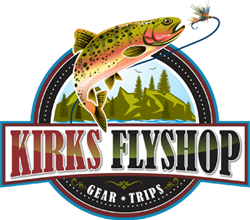Colorado’s magnificent landscape is renowned for its captivating opportunities for tailwater fly fishing, where pristine rivers flow beneath dams, offering anglers a consistent and rewarding haven for pursuing sizable trout. The popularity of tailwater fly fishing in Colorado can be attributed to several factors such as prolific hatches and dry fly fishing, large hard-fighting trout, consistent fishing conditions, and more.
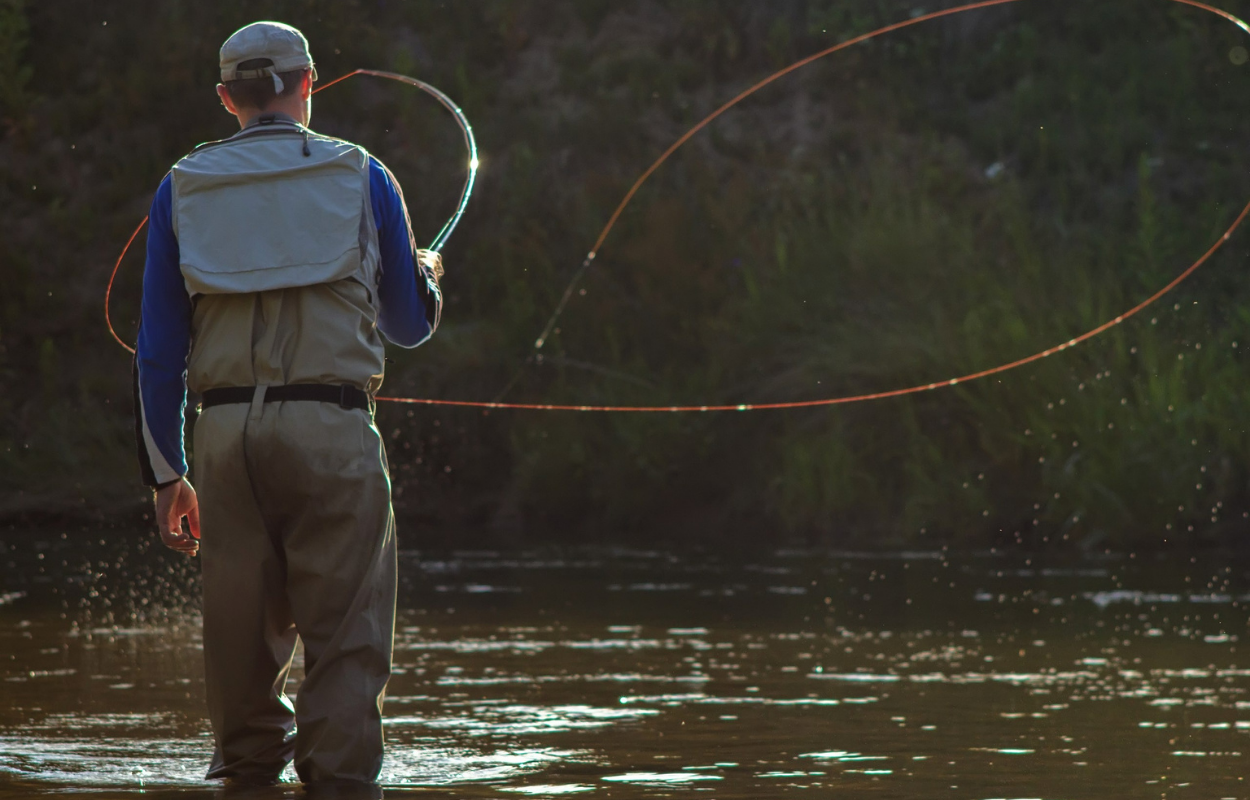
5 Tips for Tailwater Fly Fishing
Among the various types of water bodies in the state, tailwaters stand out as some of the most productive and rewarding places to cast your line. In this article, we’ll delve into five essential tips to enhance your success while tailwater fly fishing in Colorado. Here are some valuable insights to make your next tailwater fly fishing outing more successful.
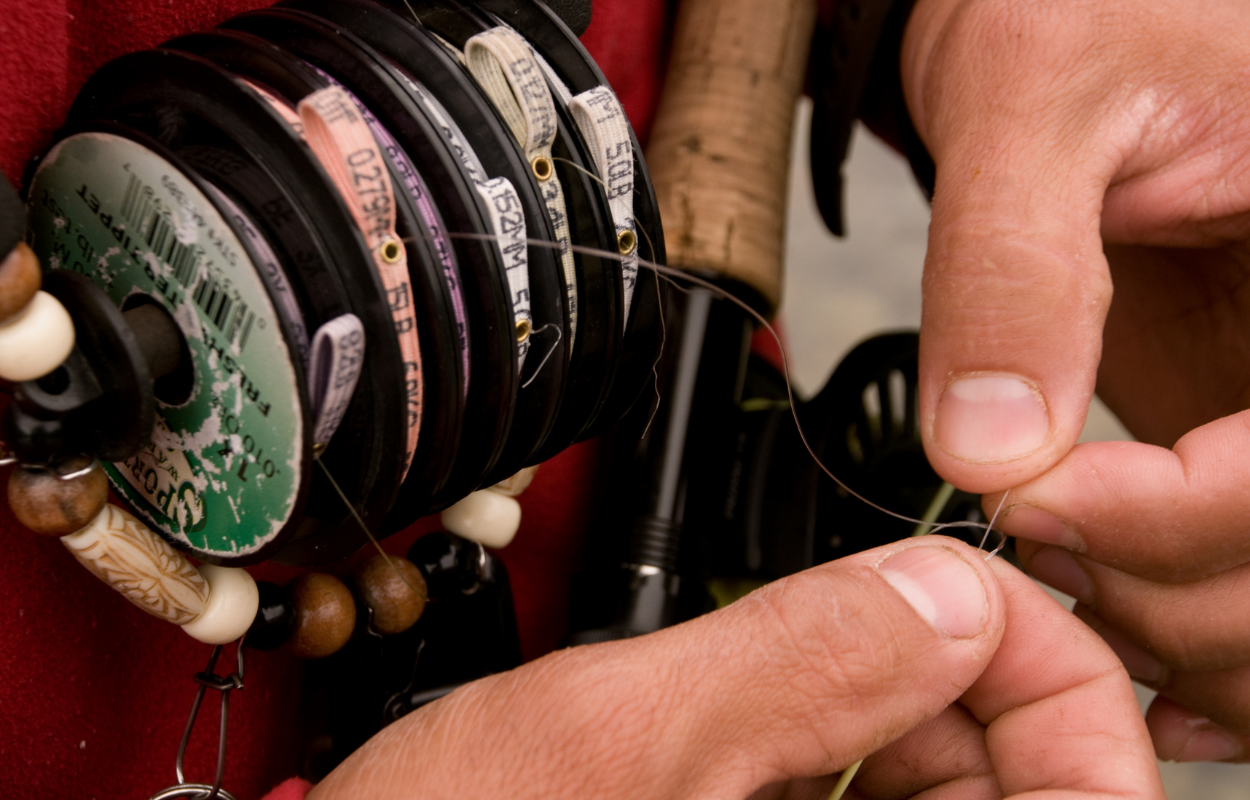
1. Leaders and Tippet
Start by extending your leader and using fluorocarbon tippet. A typical setup for tailwater fly fishing includes a 9-foot leader with approximately 2-3 feet of tippet. Since midges are commonly found in tailwaters, a 5X-6X tippet is usually required. The fish in these waters have likely encountered numerous anglers, which makes them wary of thick lines and leaders. Tie monofilament or nylon tippet to dry flies while fluorocarbon tippet goes with nymphs and streamers.
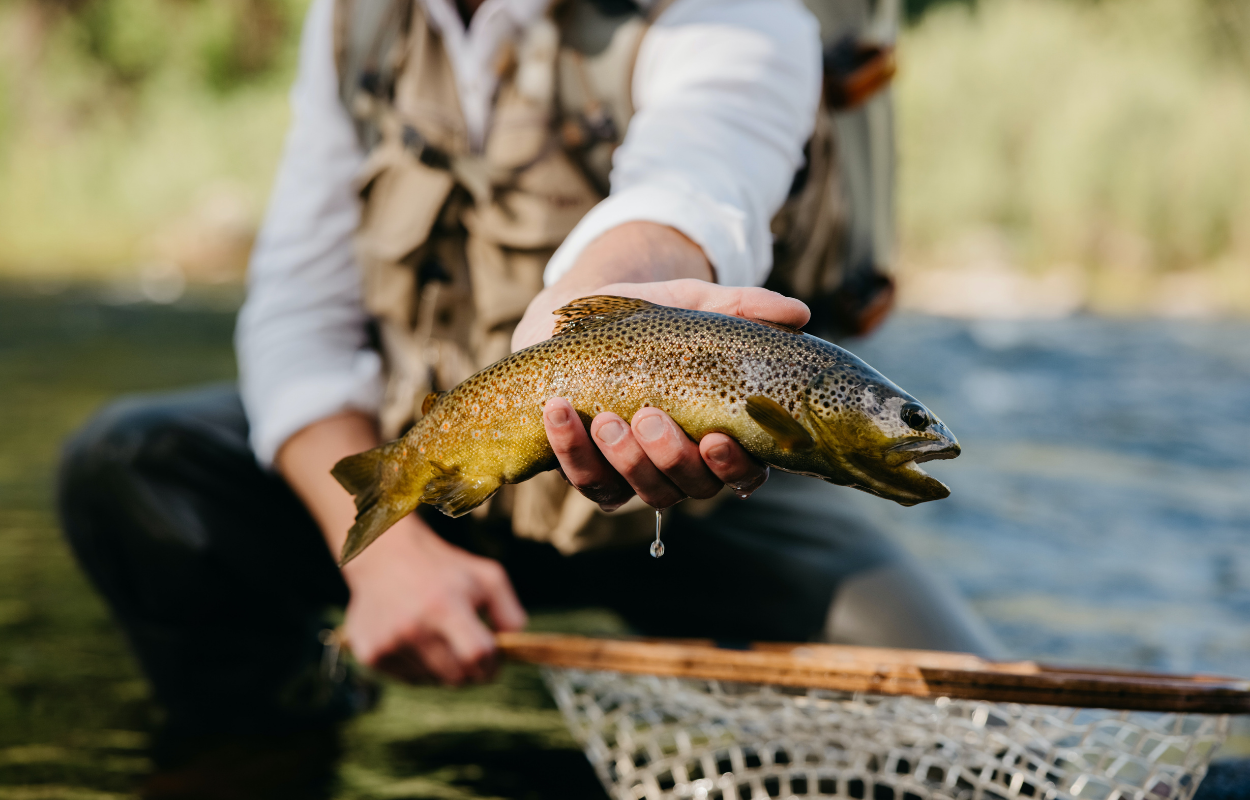
2. Research Before Going Tailwater Fly Fishing
Before heading to go tailwater fly fishing, thorough research is essential. Colorado boasts several tailwaters, each with unique characteristics and challenges. Identify your chosen tailwater, such as the South Platte River below Cheesman Reservoir or the Arkansas River below Pueblo Reservoir, or the Big Thompson River below Estes Lake. Conduct online research, read fishing reports, and seek advice from local fly shops to stay updated on hatches, water conditions, and regulations. Understanding the specific nuances of your chosen tailwater significantly improves your chances of success.
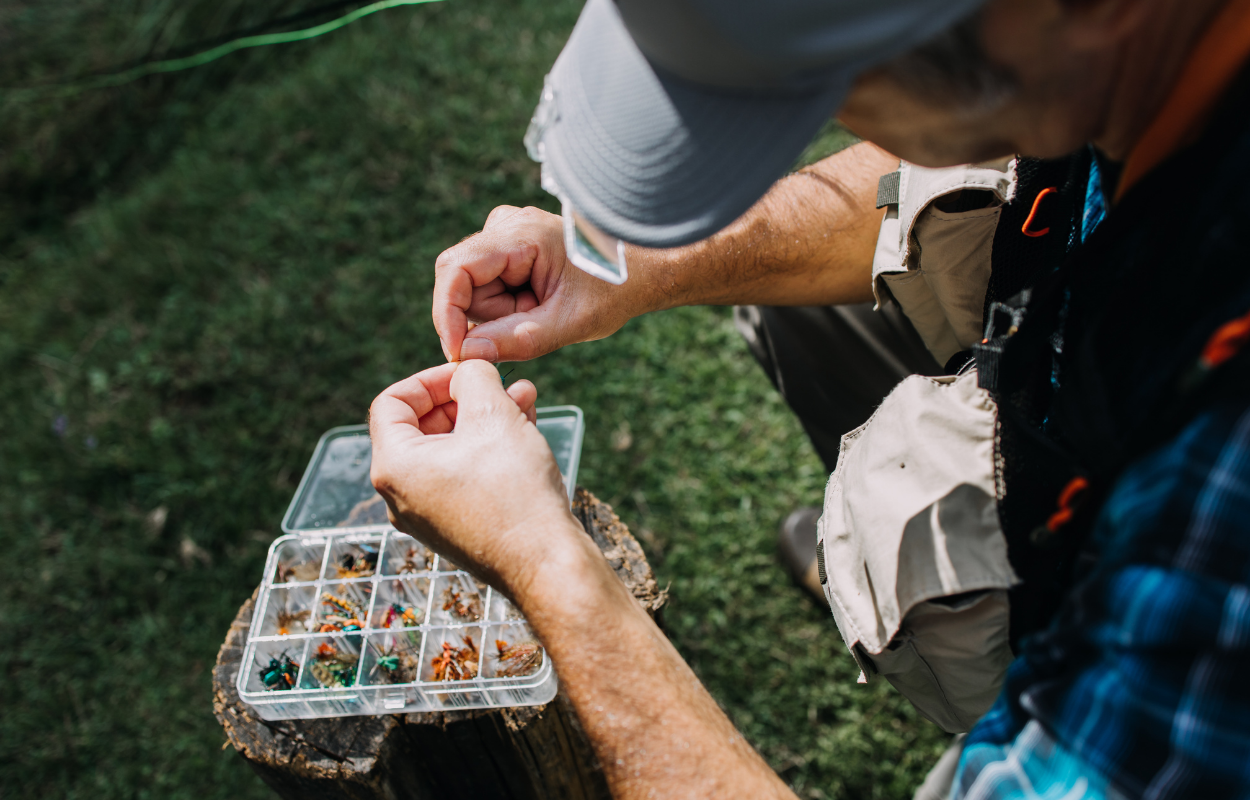
3. Match the Hatch
Tailwater fly fishing is renowned for consistent insect hatches, making it crucial to match your fly patterns to the fish’s active feed. Carry a variety of nymphs, dry flies, and streamers to cover different stages of the hatch. And most importantly, be sure to have different sizes and variations of different flies to cover those times when the trout are feeling extra picky.
Popular hatches in Colorado tailwaters include but aren’t limited to midges, mayflies, and caddisflies. Observe the water’s surface for rising fish and select your flies accordingly. When the fish aren’t feeding on the surface, nymphing with smaller patterns is often successful. Be aware that some reservoirs contain Mysis shrimp; if you’re fishing a tailwater below one of these reservoirs, ensure you have Mysis patterns.
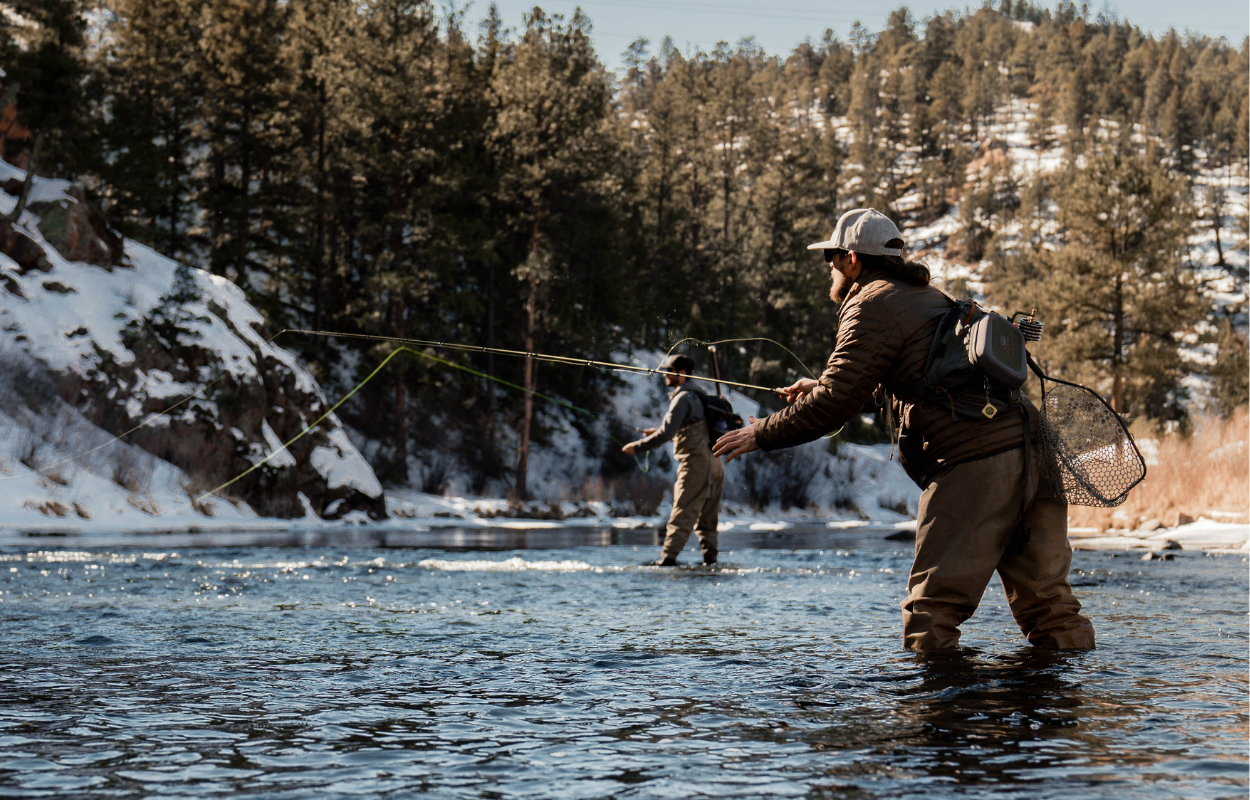
4. Be Stealthy When Tailwater Fly Fishing
Tailwater trout can be easily spooked, so stealth and presentation are crucial. Approach the water cautiously, stay low, and avoid sudden movements. Cast your flies upstream of the fish and let them drift naturally with the current. Or another effective strategy can be positioning yourself above the trout and using a downstream drift. A delicate presentation and a drag-free drift are keys to success. If you’re sight fishing, exercise patience and wait for the right moment to present your fly to a feeding fish. Seek “happy fish,” actively feeding trout, for increased success.
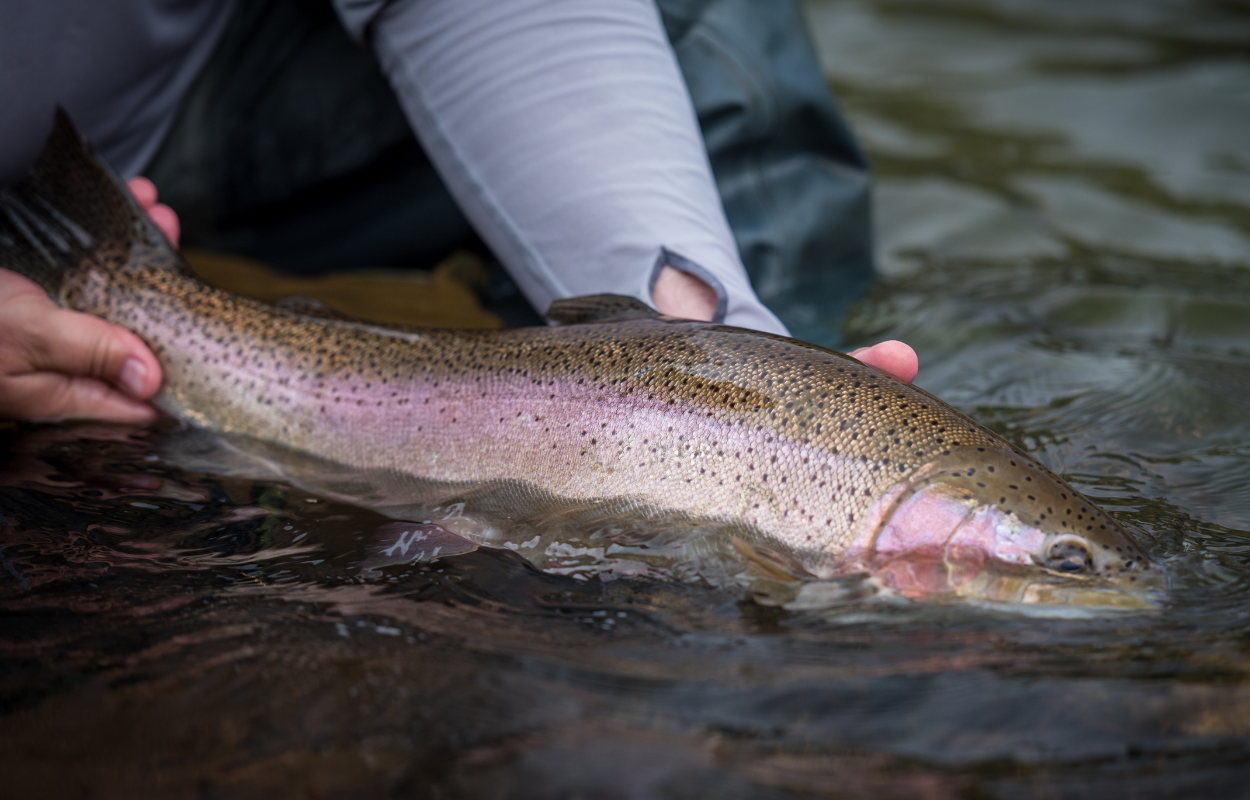
5. Think Small
Many of the insects found in tailwaters, especially during the fall and winter, tend to be small, typically in the 22-28 hook size range. Having a selection of smaller flies can help increase your success. Fish behavior in tailwaters can be significantly influenced by dam releases, weather conditions, and seasonal changes. The most productive times to fish tailwaters are generally during the spring and fall when water temperatures are optimal, and insect hatches are abundant. Additionally, tailwaters tend to fish well during periods of stable flows, so monitor water release schedules to plan your trips accordingly.
Tailwater fly fishing offers a rewarding and unforgettable experience for anglers of all skill levels. By researching your chosen tailwater, timing your trips wisely, matching the hatch, using appropriate gear, and practicing stealth and presentation, you’ll enhance your chances of landing beautiful trout in one of the most picturesque settings in the United States. So, grab your fly rod, tie on some flies, and embark on a Colorado tailwater fly fishing adventure for a fantastic day on the water. Happy fishing!
—
Have questions about tailwater fly fishing? Stop by or call our Estes Park fly fishing shop. Our expert Colorado fly fishing guide staff is happy to provide recommendations on where to go, which flies to use, and the proper fly fishing gear to purchase. Want us to show you how it’s done? Book one of our guided fly fishing trips in Estes Park. We guarantee that you will catch fish, but more importantly, you’ll learn a few tricks while you’re at it!
